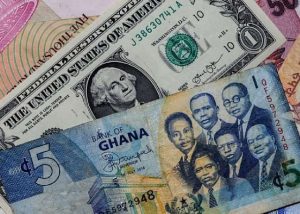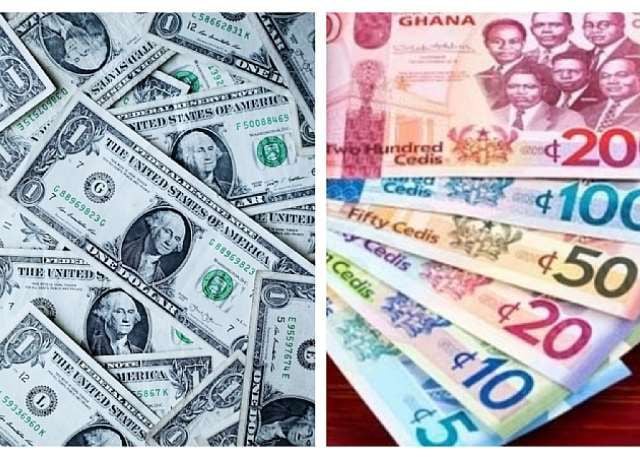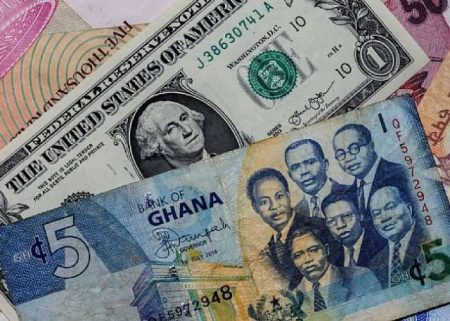The Ghanaian cedi experienced notable volatility against major international currencies on Wednesday, July 30, 2025, showcasing a differentiated pricing landscape across various exchange platforms. Cedirates.com, a reputable Ghanaian financial information platform, reported average forex bureau rates of GHS11.80 for buying the US dollar and GHS12.10 for selling, indicating a significant spread between buying and selling prices. This suggests higher profit margins for forex bureaus and potentially reflects the underlying market dynamics, including demand and supply fluctuations for the US dollar within the Ghanaian economy. In contrast, the Bank of Ghana’s interbank market offered a considerably more favorable exchange rate for the US dollar, with buying and selling rates of GHS10.47 and GHS10.49 respectively. This substantial difference highlights the variations in exchange rates depending on the trading platform and underscores the importance of comparing rates before conducting foreign exchange transactions.
The disparity between forex bureau rates and interbank rates further emphasizes the potential impact of market segmentation and accessibility. The interbank market primarily caters to large-scale transactions between financial institutions, while forex bureaus serve individual customers and smaller businesses. This segmentation allows forex bureaus to factor in operational costs and profit margins, resulting in higher exchange rates for retail customers. Furthermore, the accessibility of the interbank market is limited to authorized participants, leaving the general public to rely on forex bureaus, which can exert influence on the retail exchange rate. This dynamic contributes to the observed spread between interbank and bureau rates, impacting the overall cost of foreign exchange transactions for individuals and businesses in Ghana.
The British pound and the euro followed similar patterns against the cedi on July 30, 2025. Forex bureaus offered average buying rates of GHS14.13 for the pound and GHS12.20 for the euro, while their selling rates were GHS14.71 and GHS12.76 respectively. The Bank of Ghana’s interbank rates for these currencies were significantly lower, with the pound trading at GHS13.99 and the euro at GHS12.11. This consistent difference across multiple currencies reinforces the distinction between interbank and retail exchange rate dynamics. The higher rates at forex bureaus likely reflect the operational costs and profit margins inherent in their business model, while the lower interbank rates represent the wholesale pricing of currencies within the regulated financial system.
The emergence of digital remittance services like LemFi and Afriex has introduced another layer of complexity to the foreign exchange landscape in Ghana. These platforms offer competitive rates for money transfers from the US and UK to Ghana. For US dollar remittances, LemFi and Afriex offered rates of GHS10.45 and GHS10.46 respectively, positioning them closer to the interbank rate than the forex bureau rate. Similarly, for British pound remittances, the rates offered by LemFi (GHS14.02) and Afriex (GHS14.04) were more competitive than the average bureau rate. This suggests that digital remittance platforms are leveraging technology and streamlined processes to offer more favorable exchange rates to their customers, potentially disrupting the traditional remittance market and challenging the dominance of established players like forex bureaus.
The competitive pricing offered by digital remittance platforms underscores the ongoing evolution of the financial services sector in Ghana. By leveraging technology and focusing on efficient cross-border transfers, these platforms provide a compelling alternative to traditional remittance channels. This increased competition can benefit consumers by offering more choices and potentially driving down the overall cost of remittances. Furthermore, the transparency and speed associated with digital platforms can further enhance the customer experience, contributing to the wider adoption of these services. This trend reflects a broader shift towards digital financial solutions, driven by increasing internet penetration and mobile phone usage in Ghana.
Finally, the exchange rates for digital subscriptions, such as Netflix, Spotify, and Apple Music, via Visa and Mastercard, were reported at GHS11.27 and GHS11.29 respectively. These rates fall between the interbank and forex bureau rates, suggesting a unique pricing structure for international digital transactions. This pricing likely reflects the fees charged by payment processors and card networks involved in facilitating these transactions. As digital consumption continues to grow in Ghana, understanding these exchange rate nuances becomes increasingly important for consumers to make informed decisions about their online spending. The varying exchange rates across different platforms and services highlight the complex and dynamic nature of the foreign exchange market in Ghana, requiring consumers and businesses to actively compare rates and choose the most cost-effective options for their specific needs.














